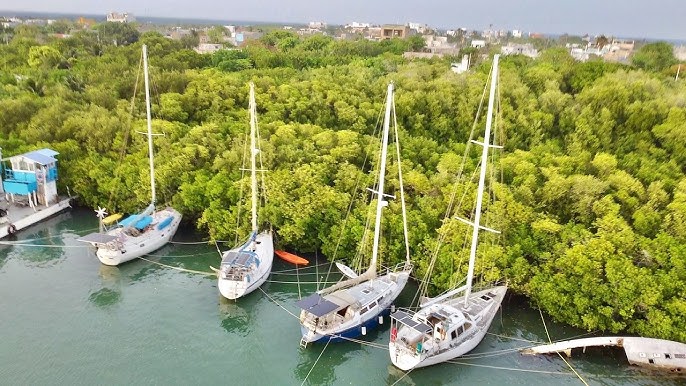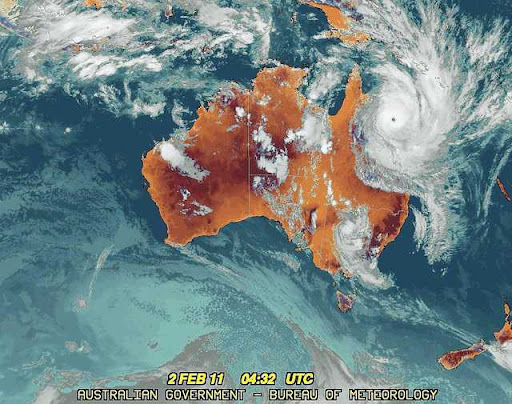Finding Bolt-Holds
When planning a sailing passage, “bolt holds” typically refer to strategic (emergency) stops or anchorages along the route where you can safely pause or seek shelter. These are important for managing the voyage, especially in longer passages or unfamiliar waters. Here’s how to plan for these stops effectively:


1. Identify Potential Bolt Holds
- Harbours and Marinas: Look for harbours or marinas where you can dock, refuel, or resupply.
- Anchorages: Identify safe and suitable anchorages for overnight or temporary stops. Check nautical charts for anchorable areas and depth.
- Emergency Shelters: Note any areas where you could take refuge in adverse weather or other emergencies.
- Mangroves: In case of cyclones, identify mangroves with limited tidal movement where you can tie up to wait out the storm.

2. Assess Suitability
- Shelter: Ensure the bolt hold protects adequately from prevailing winds and waves.
- Accessibility: Verify that the entrance to the harbour or anchorage is navigable and safe for your yacht.
- Amenities: Check if the location has necessary amenities such as water, fuel, and provisions.
3. Plan for Timing
- Distance Between Holds: Plan the distance between each bolt hold based on your yacht’s speed, the expected weather, and the crew’s endurance.
- Weather Conditions: Factor in weather forecasts to time your arrival at each bolt hold to avoid storms or rough conditions.
- Daylight Hours: Try to arrive at bolt holds during daylight hours for safer navigation.
4. Safety and Navigation
- Charts and Guides: Use up-to-date nautical charts and pilot guides to evaluate each bolt hold’s suitability.
- Local Knowledge: Seek advice from local sailors or marinas for current conditions and recommendations.
- Communication: Inform your crew of the plan and establish communication protocols for each stop.
5. Emergency Planning
- Alternate Locations: Consider backup bolt holds if your primary choices become unsuitable.
- Anchor Drills: Practice anchoring and mooring procedures to ensure efficiency and safety during each stop.
- Weather Updates: Continuously monitor weather conditions and adjust your plans if necessary.

6. Documentation and Logs
- Navigation Logs: Keep a detailed log of each bolt hold, including coordinates, depth, and relevant observations.
- Charts and Waypoints: Update your charts and waypoint information with details of each bolt hold for future reference.
7. Provisioning and Resupply
- Restocking Needs: Plan for resupplying provisions, fuel, and water at each bolt hold if needed.
- Local Services: Look for services such as repair facilities, medical help, or other support you might need.
8. Crew Welfare
- Rest and Recovery: Plan stops to allow your crew to rest and recover, especially on longer passages.
- Routine Checks: Use bolt holds to perform routine maintenance checks and address any issues with the yacht.

NAVIGATION RULES CLINIC + BASIC SAIL TRIM COURSE
These FREE online sailing lessons are a great refresher courses for EVERYONE.
Take these FREE courses now and check out how simple and easy it is to take a NauticEd online sailing course.Estimated time: 20 minutes each.
Author
-

Rene is a keelboat instructor and sailing coach in the Mandurah area WA. He is also the author of several books about sailing including "The Book of Maritime Idioms" and "Renaming your boat".
View all posts


